Hinomaru
 |
 |
The Hinomaru, literally sun’s red disk, was the standard roundel of japan, adopted in 1918. It was generally applied in six positions; above and below the wings, and on the fuselage. The IJAAF generally didn’t carry them on the fuselage between 1937-1942.
The white band was adopted to help with recognition when applied to darker camouflage schemes. Officially it should be 75mm wide, but in practice this differed greatly.
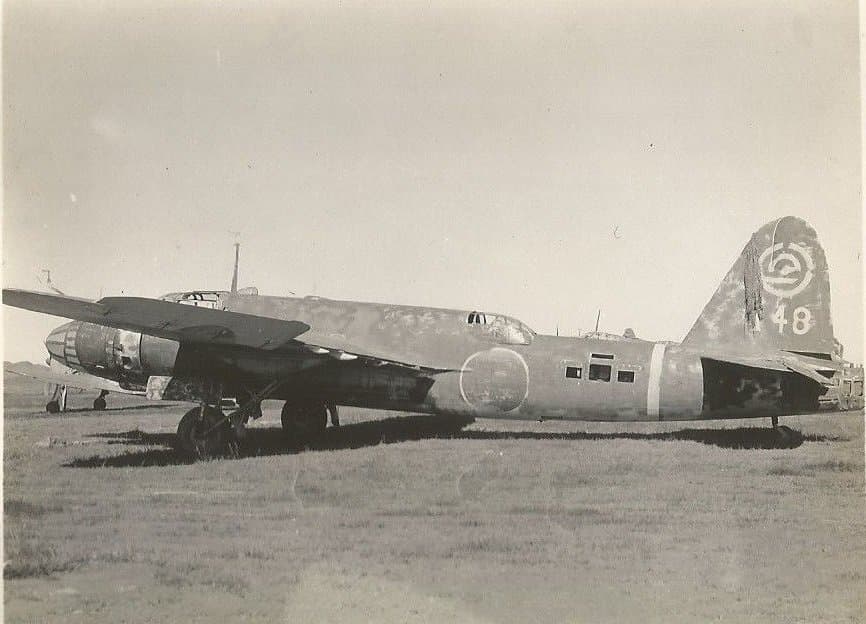
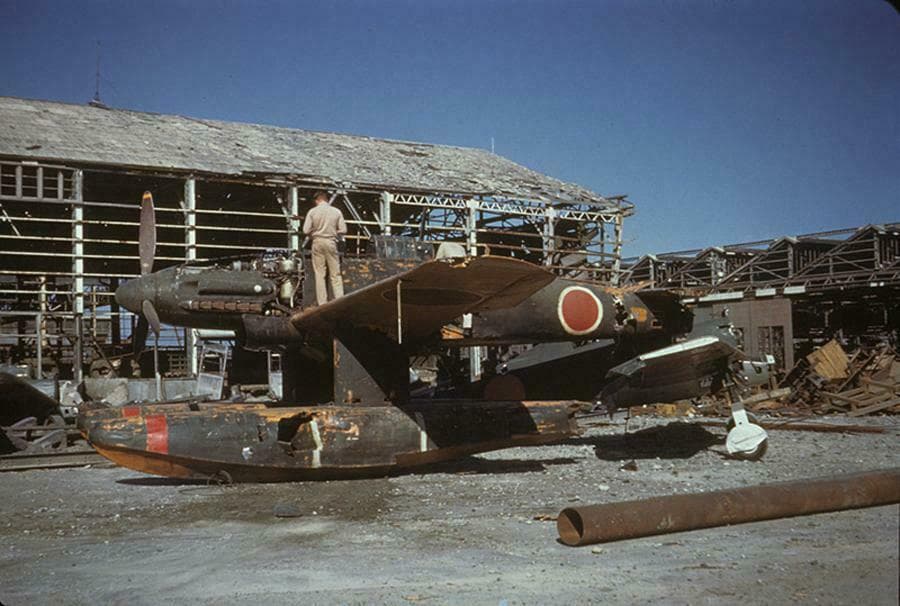
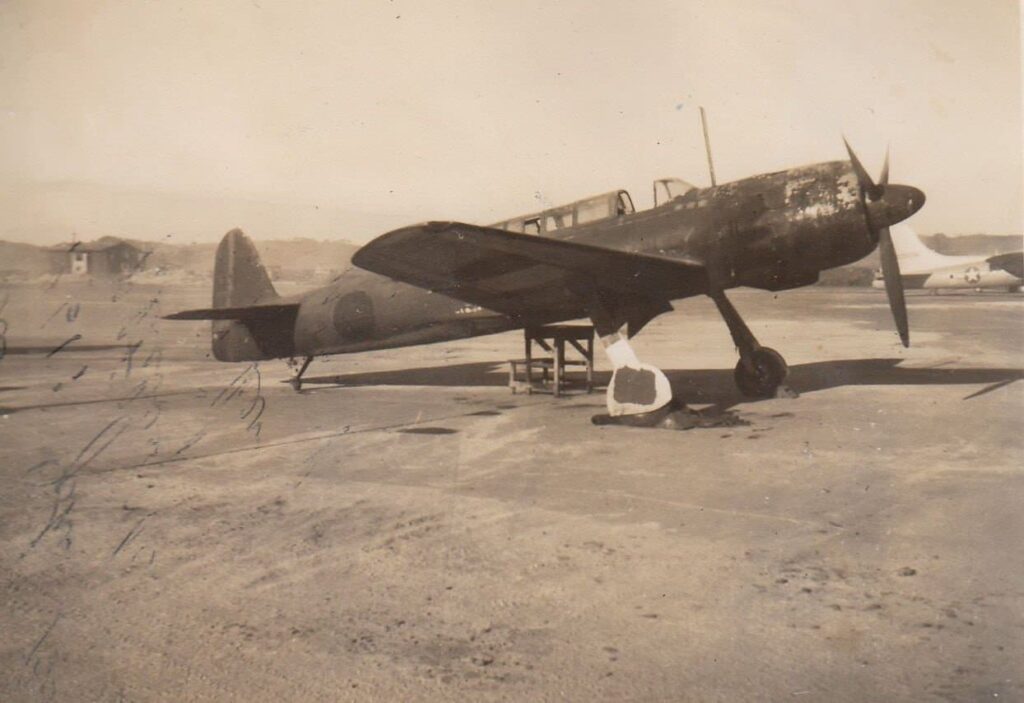
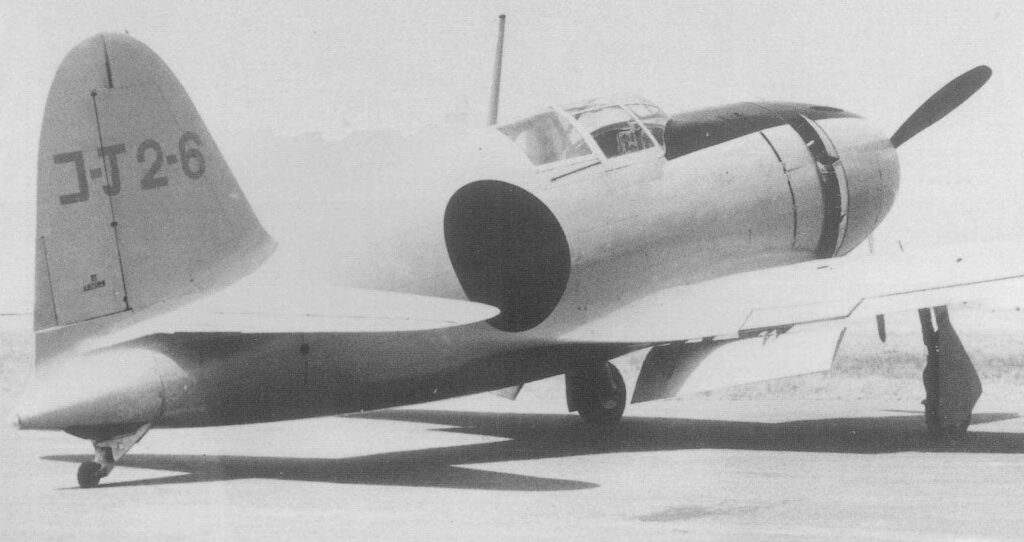
Home defence band
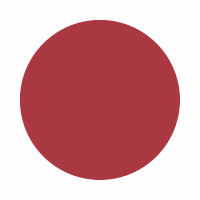 |
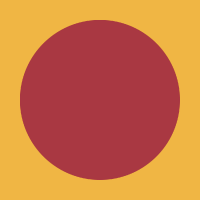 |
When allied missions against Japan started to ramp up in 1941, Japanese interceptors found themselves more often fighting above friendly territory. To further help recognition friendly AA, aircraft in defensive roles would have a square behind the hinomaru, of a white band around the fuselage and wings. Training aircraft would bear the same pattern, only in yellow. The practice would be abandoned after air superiority was lost completely.
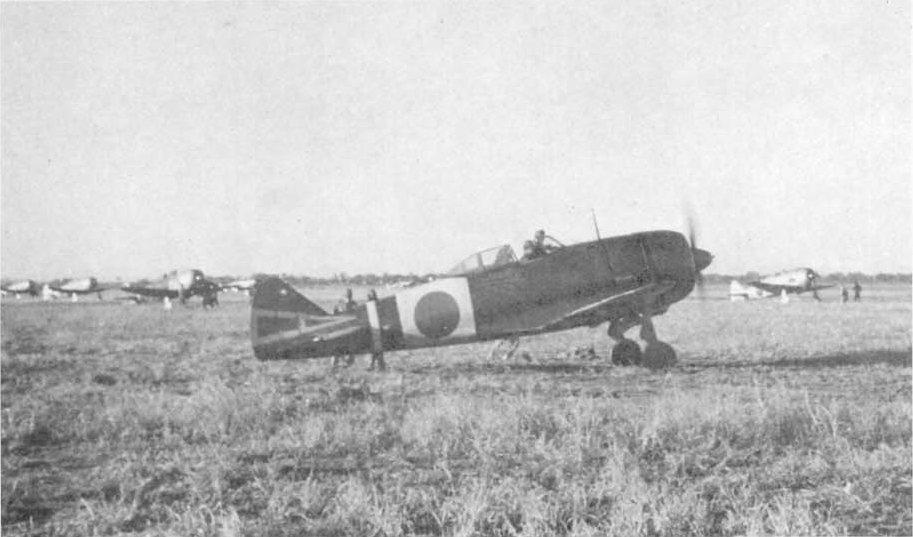
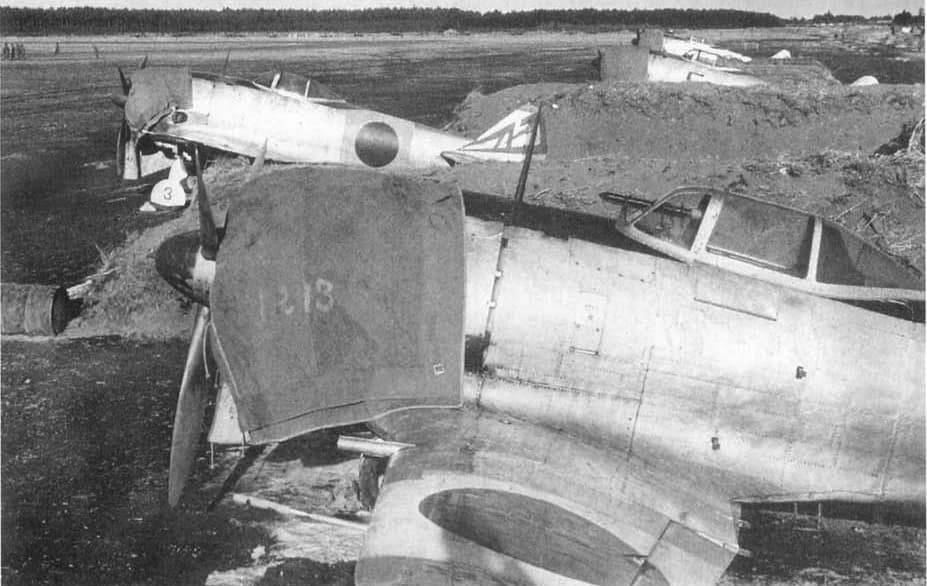
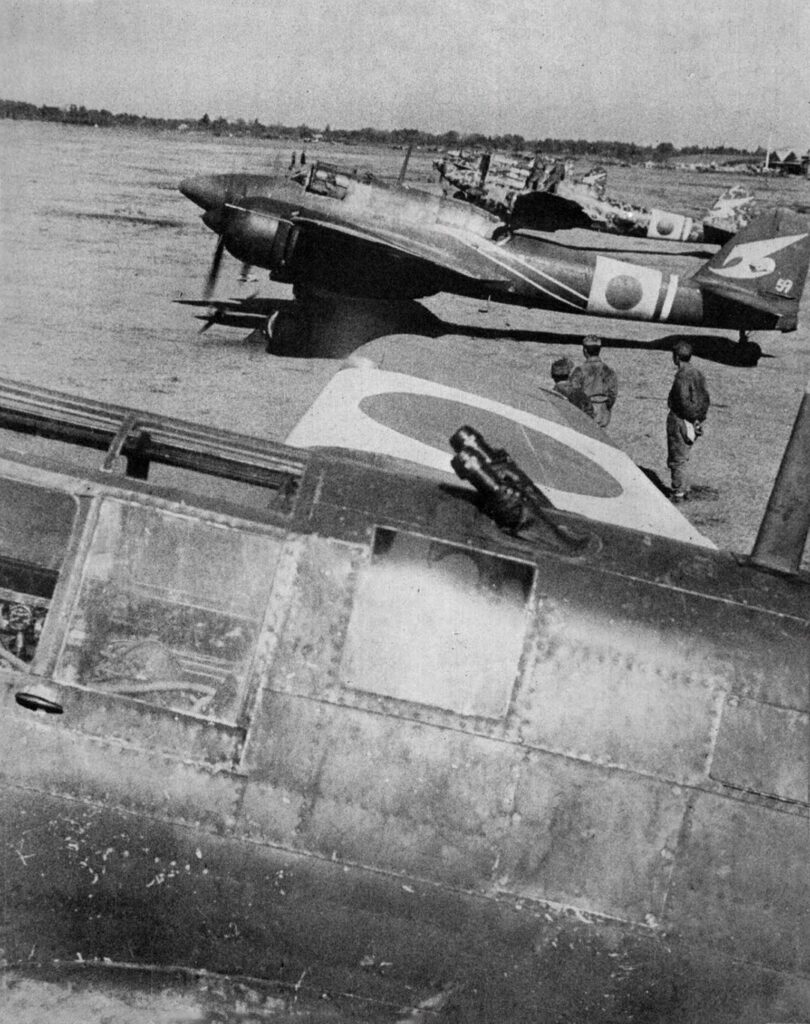
Trainer Hinomaru’s
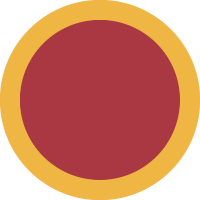 |
 |
IJAAF/IJNAS dedicated trainer aircraft were often painted in a bright yellow-orange colour, however advanced fighter trainers were actual combat aircraft, which often wore their regular, factory applied camouflage. To indicate that the (primary) role of the aircraft was in training, the white border or home defence band around the Hinomaru would be painted yellow. Late at war these aircraft however would sometimes be used in combat roles by instructors.
In practice planes would often only carry yellow on the fuselage, with white or nothing on the wings.
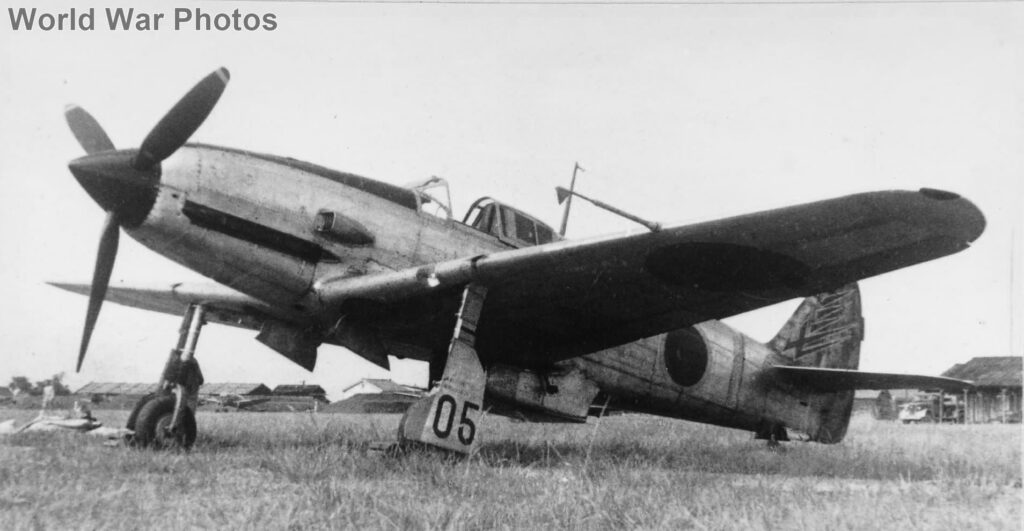
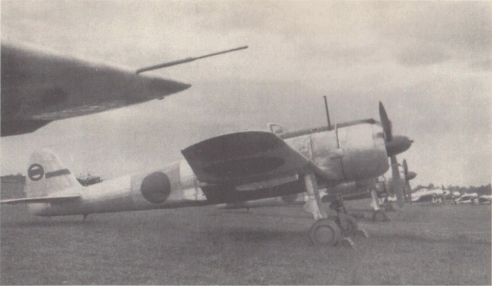
Special Hinomaru’s
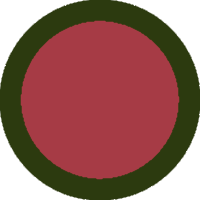 |
 |
 |
 |
Black/dark green bordered Hinomaru Encountered on some late war IJN Zero’s. Applied by ground crew to reduce visibility.
Yellow Border Hinomaru Indicates that the aircraft is a trainer.
Empty Hinomaru At least one aircraft, an Ki-61-I KAIc of the 23 Dokuritsu Chutai was adorned with this roundel. It was encountered at Okinawa at the end of the war. It’s purpose is unknown.
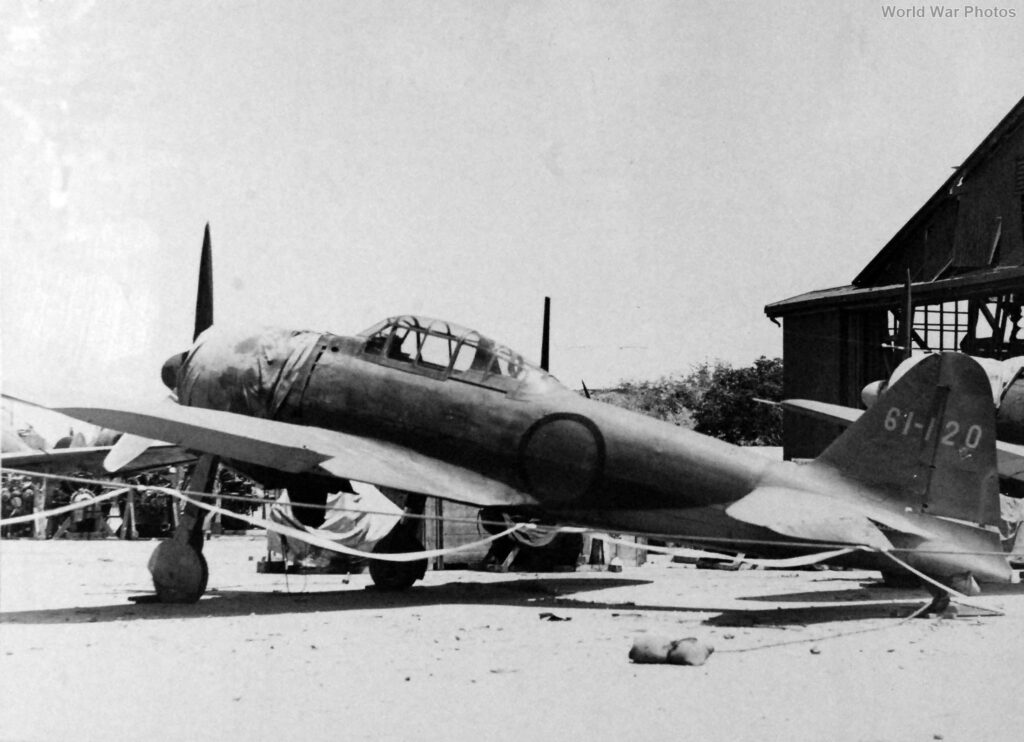
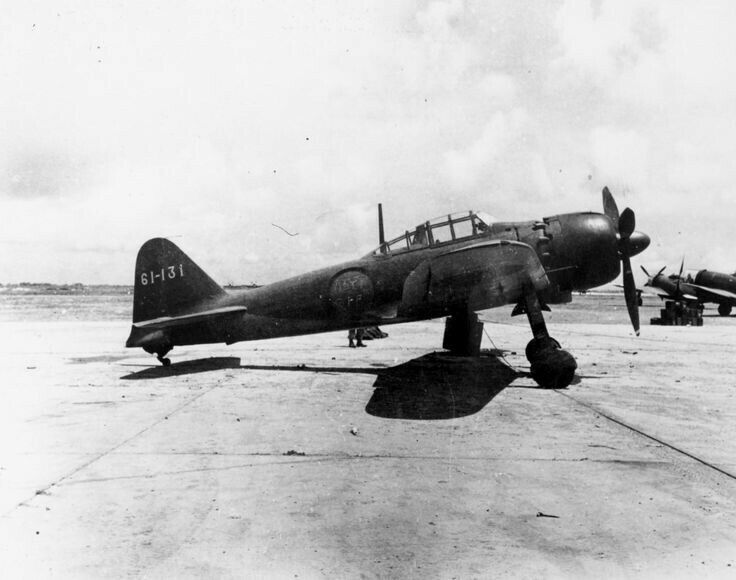
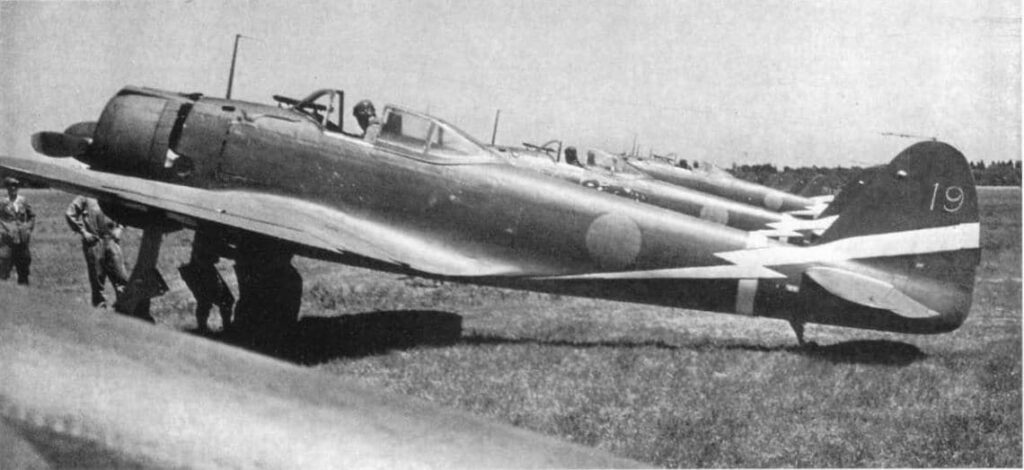
Surrender markings
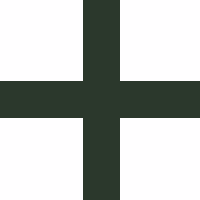 |
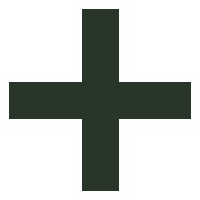 |
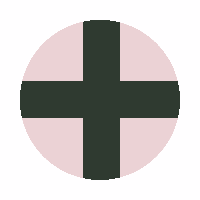 |
 |
 |
 |
“Such air plane will be painted all white and will bear upon the side of its fuselage and the top and bottom of each wing green crosses easily recognizable at 500 yards.”
general MacArthur
These were (part of) the official instruction given on the morning of 15 August 1945 as part of the surrender instructions, describing the livery the surrender aircraft should bear. Four days after the message, two unarmed Mitsubishi G4M Betty’s took off to Iejima, Okinawa. These two aircraft, call signs Bataan 1 and 2 after the “Bataan Death March”, would become known as the Green Cross flight and would set the precedent for the surrender livery. All aircraft flown with the purpose of surrendering would have this painting scheme.
These livery instructions weren’t always followed however, maybe due to misinterpretation, a last sign of aggression, or simply a lack of white paint or time. This resulted in a wide variety of different surrender markings.
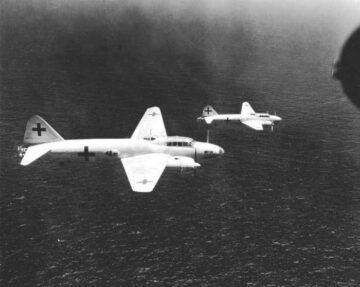
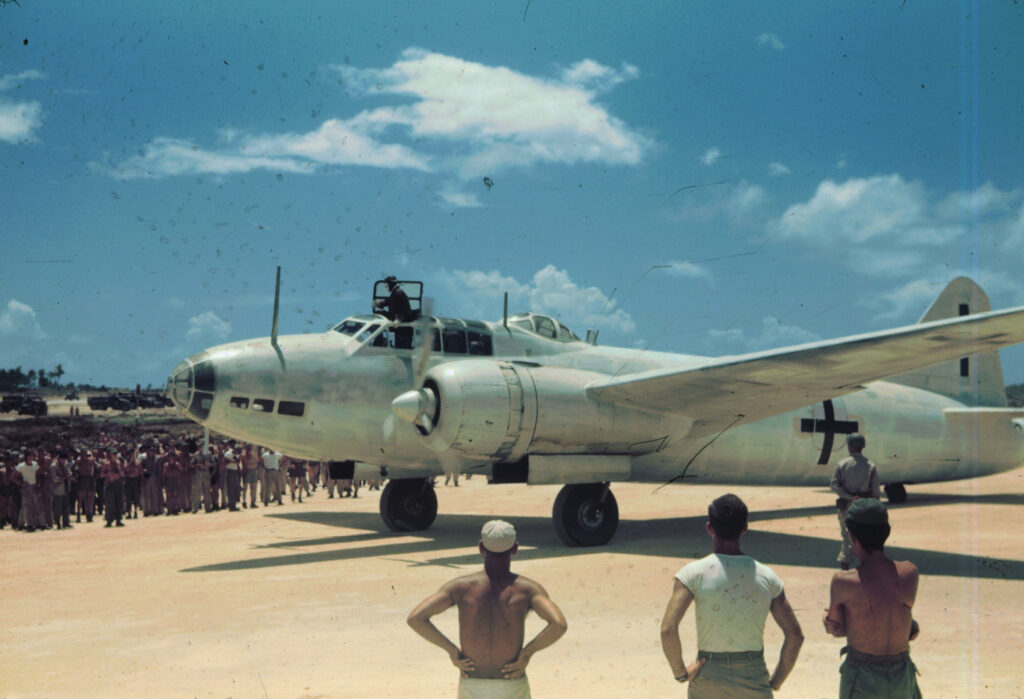
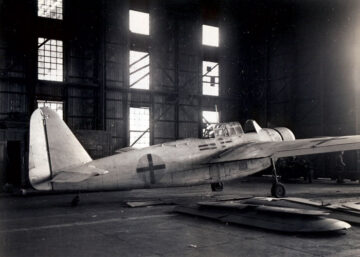
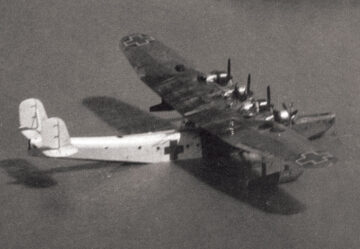
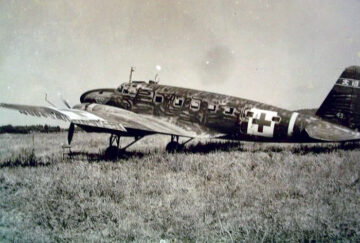
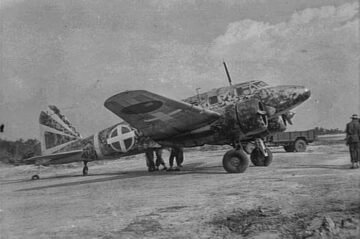
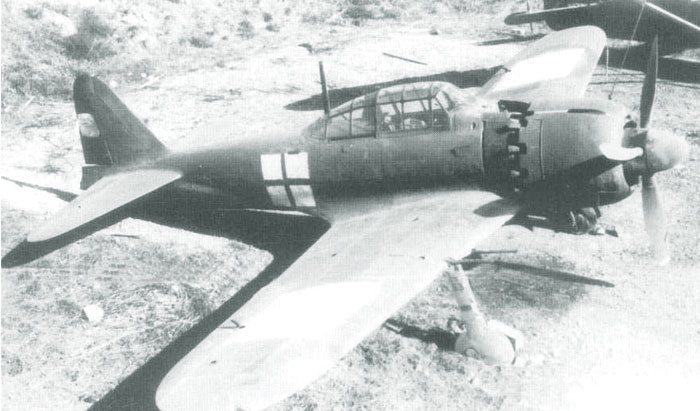
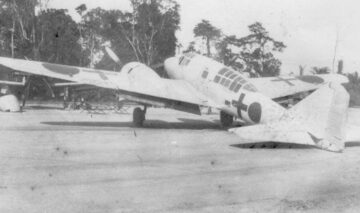
Leading edge IFF band
Starting October 5, 1942 the IJAAF required all aircraft to feature a IFF ( “Indentify Friend of Foe”) stripe along the leading edge of the wing. This to help identify friendly aircraft from enemies.
Official requirements state that the stripe must cover between 1/3 and 2/3’s of the wing span. For multi-engined aircraft this was measured from the outer edge of the nacelle. Biplanes had the marking on both wings. The line was wider on the bottom and covered the wheel well covers if necessary.
The colour of this band is still debated. While often depicted as yellow, the official notice stated that these were to be yellow on camouflaged planes, or yellow or red on bare metal aircraft. No colour photos exist of red bands, but some black and white pictures point to a band similar in colour to the red Hinomaru.
Sources
- O’Green Cross to Bear – http://www.vintagewings.ca/VintageNews/Stories/tabid/116/articleType/ArticleView/articleId/451/Green-Cross-to-Bear.aspx
- http://arawasi-wildeagles.blogspot.com/2024/03/model-commentary-2f-red-iffs-seeing.html
- Scott, P. (1999). Emblems of the rising sun: Imperial japanese army air force unit markings 1935-1945. Aldershot: Hikoki Publications.
- Thorpe, D. W., & Oishi, Y. (1968). Japanese Army Air Force camouflage and markings World War II. Fallbrook, CA: Aero Publ.
- Thorpe, D. W. (1962). Japanese Naval Air Force camouflage and markings World War II. Fallbrook, CA: Aero Publ.
nice and useful information for modeling purposes. thank you.
Greets
insta: Gruesome modeling
I am hazy about the why. I need a refresher on why IJNAF aircraft had white stripes on their vertical tail fins? Thank you!
These were command markings
1 stripe: Section leader
2 stripes: Squadron leader
3 stripes: group leader
4 stripes: mission Leader
Source: Thorpe, W. Japanese navy air force camouflagee and markings, p.94-95